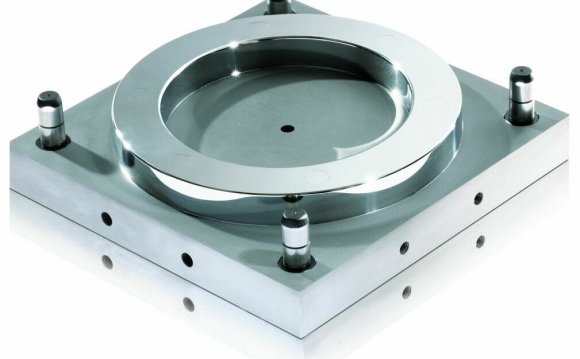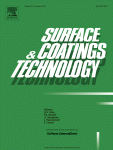
 In this paper the structure, properties and tribological behaviour of the binary β titanium alloy Ti–15Mo have been investigated. Low-pressure triode plasma diffusion processes were used to improve the wear resistance of this material and the results were compared with equivalent work carried out on the more popular and better known α + β alloy, Ti–6Al–4V. In order to study these materials, X-ray diffraction, micro- and nano-indentation hardness, surface profilometry, optical microscopy, electron backscatter diffraction and ball-on-plate reciprocating wear testing were employed. These techniques show stark differences between the two titanium alloys, not only in their structure and properties, but also in their response to the surface engineering treatments investigated. It was found that the relatively coarse-grained Ti–15Mo experiences a larger increase in surface roughness when plasma diffusion-treated, particularly where nitrogen is used to provide the active ionised gas species. However, physical vapour deposition (PVD) of a thin pure α-Ti layer can effectively reduce this roughening effect to acceptable levels without compromising the diffusion treatment efficacy in terms of the case hardness and depth achieved. Once a thin PVD layer of α-Ti has been deposited onto the untreated Ti–15Mo, significant improvements in the wear resistance of this alloy can be achieved by either nitrogen plasma-diffusion treatment or by a duplex process routine which includes the final deposition of a hard PVD TiN ceramic coating. Furthermore, the results presented here show that triode plasma oxidation is also a simple (yet very effective) method that can be used to drastically improve the tribological performance of this alloy, where the careful control of (oxide) compound layer formation can produce a hard and wear-resistant surface without the need for duplex PVD coating.
In this paper the structure, properties and tribological behaviour of the binary β titanium alloy Ti–15Mo have been investigated. Low-pressure triode plasma diffusion processes were used to improve the wear resistance of this material and the results were compared with equivalent work carried out on the more popular and better known α + β alloy, Ti–6Al–4V. In order to study these materials, X-ray diffraction, micro- and nano-indentation hardness, surface profilometry, optical microscopy, electron backscatter diffraction and ball-on-plate reciprocating wear testing were employed. These techniques show stark differences between the two titanium alloys, not only in their structure and properties, but also in their response to the surface engineering treatments investigated. It was found that the relatively coarse-grained Ti–15Mo experiences a larger increase in surface roughness when plasma diffusion-treated, particularly where nitrogen is used to provide the active ionised gas species. However, physical vapour deposition (PVD) of a thin pure α-Ti layer can effectively reduce this roughening effect to acceptable levels without compromising the diffusion treatment efficacy in terms of the case hardness and depth achieved. Once a thin PVD layer of α-Ti has been deposited onto the untreated Ti–15Mo, significant improvements in the wear resistance of this alloy can be achieved by either nitrogen plasma-diffusion treatment or by a duplex process routine which includes the final deposition of a hard PVD TiN ceramic coating. Furthermore, the results presented here show that triode plasma oxidation is also a simple (yet very effective) method that can be used to drastically improve the tribological performance of this alloy, where the careful control of (oxide) compound layer formation can produce a hard and wear-resistant surface without the need for duplex PVD coating.
Highlights
► We study the tribological performance of diffusion-treated Ti–6Al–4V and Ti–15Mo. ► Oxygen and nitrogen can be used to enhance load-bearing capacity for PVD coating. ► A thin PVD Ti layer can be used to inhibit excessive surface roughening of Ti–15Mo. ► TPO treatments appear to be significantly superior to TPN in the case of Ti–15Mo.
Keywords
- Wear;
- Triode plasma diffusion;
- PVD;
- Ti–15Mo;
- Ti–6Al–4V
YOU MIGHT ALSO LIKE












